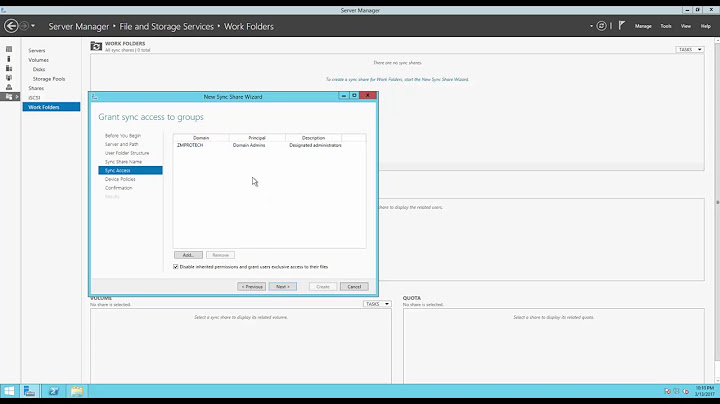As you’ve learned, the actual overhead incurred during the year is rarely equal to the amount that was applied to the individual jobs. Thus, at year-end, the manufacturing overhead account often has a balance, indicating overhead was either overapplied or underapplied. If, at the end of the term, there is a debit balance in manufacturing overhead, the overhead is considered underapplied overhead. A debit balance in manufacturing overhead shows either
that not enough overhead was applied to the individual jobs or overhead was underapplied. If, at the end of the term, there is a credit balance in manufacturing overhead, more overhead was applied to jobs than was actually incurred. This shows the actual amount was overapplied overhead. The actual overhead costs are recorded through a debit to manufacturing overhead. The same account is credited when overhead is applied to the individual jobs in production, as shown: Since the overhead is first recorded in the manufacturing overhead account, then applied
to the individual jobs, traced through finished goods inventory, and eventually transferred to cost of goods sold, the year-end balance is eliminated through an adjusting entry, offsetting the cost of goods sold. If manufacturing overhead has a debit balance, the overhead is underapplied, and the resulting amount in cost of goods sold is understated. The adjusting entry is: If manufacturing overhead has a credit balance, the overhead is overapplied, and the resulting amount in cost of goods sold is overstated. The adjusting entry is: Figure \(\PageIndex{3}\): Application of overhead to cost of goods soldReturning to our example, at the end of the year, Dinosaur Vinyl had actual overhead expenses of \(\$256,500\) and applied overhead expenses of \(\$250,000\), as shown: Figure \(\PageIndex{4}\): Actual overhead and applied overhead expensesSince manufacturing overhead has a debit balance, it is underapplied, as it has not been completely allocated. The adjusting journal entry is: Figure \(\PageIndex{5}\): Application of underapplied overhead to cost of goods soldIf the overhead was overapplied, and the actual overhead was \(\$248,000\) and the applied overhead was \(\$250,000\), the entry would be: To adjust for overapplied or underapplied manufacturing overhead, some companies have a more complicated, three-part allocation to work in process, finished goods, and cost of goods sold. This method is typically used in the event of larger variances in their balances or in bigger companies. (You will learn more about this in future cost or advanced managerial accounting courses.) Example \(\PageIndex{1}\): Kraken Boardsports Figure \(\PageIndex{7}\): (credit: modification of images provided courtesy of Kraken Boardsports, CC BY 4.0) Kraken Boardsports manufactures winches for snow and ski boarders to snow ski without a mountain or water ski without a lake (Figure \(\PageIndex{7}\)). End-of-year data show these overhead expenses: Kraken Boardsports had \(6,240\) direct labor hours for the year and assigns overhead to the various jobs at the rate of \(\$33.50\) per direct labor hour. How much overhead was overapplied or underapplied during the year? What would be the journal entry to adjust manufacturing overhead? Solution The total overhead incurred is the total of: Figure \(\PageIndex{9}\): Total overhead for Kraken BoardsportsThe total overhead applied is \(\$209,040\), which is calculated as: \[\$ 33.50 \text { ldirect labor hours } \times 6,240 \text { direct labor hours} \nonumber \] The balance in manufacturing overhead is a debit balance of \(\$210\): Figure \(\PageIndex{10}\): The balance in manufacturing overhead for Kraken BoardsportsThe adjusting journal entry is: Figure \(\PageIndex{11}\): Manufacturing overhead for Kraken BoardsportsWhat are the two ways that an under or Overapplied factory overhead balance can be disposed of at the end of an accounting budgetary period?Generally any balance in the account is treated in one of the two ways. Closed out to cost of goods sold. Allocated between work in process (WIP), finished goods and cost of goods sold in proportion to the overhead applied during the current period in the ending balances of these account.
How do you solve Overapplied or Underapplied overhead?In order to determine whether overhead was over or under applied for the period, the company's cost account balances the manufacturing overhead account. If credits exceed debits, then overhead was over applied, if debits exceed credits than overhead was under applied.
What is the difference between Underapplied overhead and Overapplied overhead?If the applied is less than the actual overhead, there is underapplied manufacturing overhead. If the applied is greater than the actual, it is overapplied manufacturing overhead.
What accounts can be adjusted when the estimated overhead has been Overapplied or Underapplied?Overhead is overapplied when more overhead is applied to the jobs than was actually incurred. The amount of overhead overapplied or underapplied is adjusted into the cost of goods sold account.
|

zusammenhängende Posts
Werbung
NEUESTEN NACHRICHTEN
Was passiert wenn ein Elektron aus der Hülle entfernt wird?
1 Jahrs vor . durch DefiniteConflagrationWerbung
Populer
Werbung

Urheberrechte © © 2024 paraquee Inc.



















